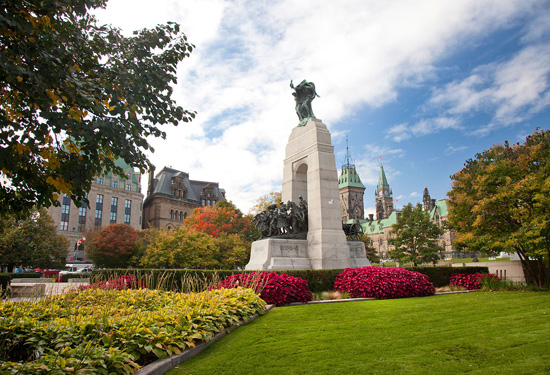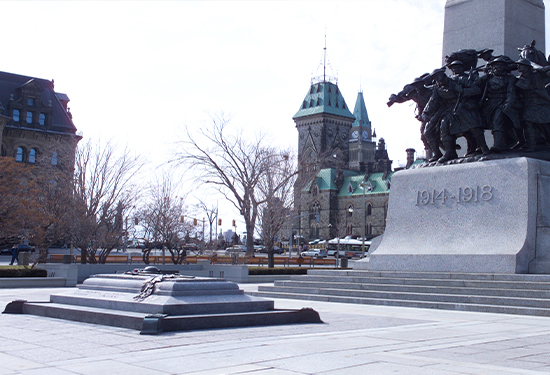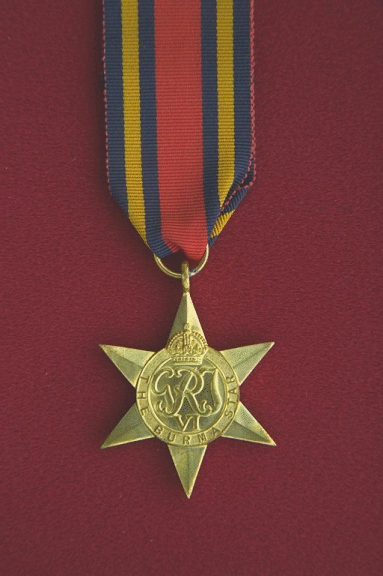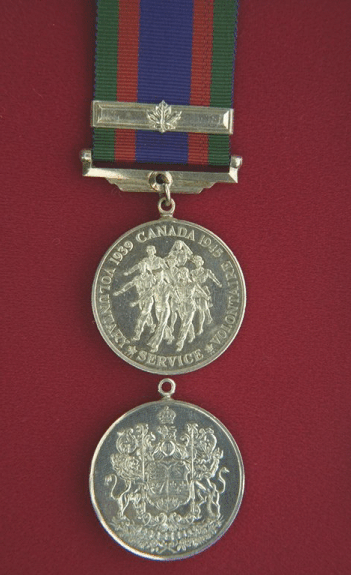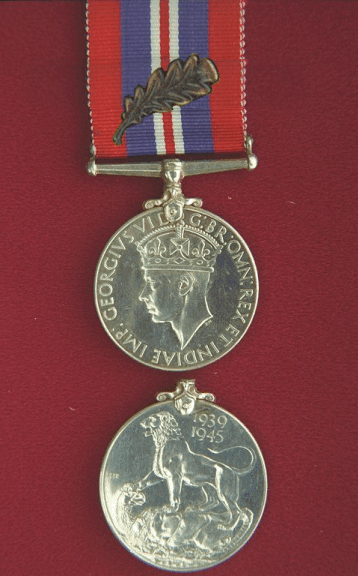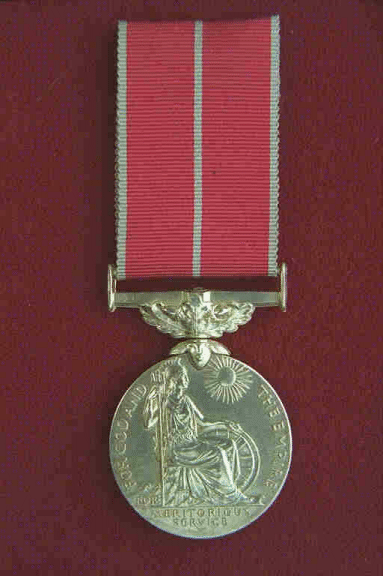Chinese Canadians
The story of Chinese Canadian military service is one of determination, courage and honour.
Second-class citizens
Introduction
Canada's first Chinese immigrants arrived in British Columbia in the late 1850s. In the much less inclusive Canadian society of the day, these newcomers encountered great discrimination. They received lower wages and faced harsh segregation. Chinese immigrants also suffered other injustices – they were not allowed to vote until after the Second World War and were also subjected to a "head tax" for many decades. Starting at $50 in the 1880s, this charge discouraged many Chinese citizens from entering Canada. By 1903 it had risen to $500 – a very large sum at that time.
The First World War
Despite the discrimination they constantly faced, more than 200 Chinese Canadians volunteered for service during the First World War of 1914-1918. Some would fight and die on the Western Front in France and Belgium. Even after this impressive service and painful sacrifice, they continued to face great social and economic injustices back home. In 1923, the federal government passed the Chinese Immigration Act. Commonly referred to as the Chinese Exclusion Act, it barred most Chinese immigrants from entering Canada.
The Second World War
With the outbreak of the Second World War in 1939, many young Chinese Canadians again wanted to serve in the cause of peace and freedom. The larger Chinese Canadian community, however, was at a crossroads. Many argued the importance of volunteering for service. Some felt that by enlisting they would demonstrate their commitment to Canada, which might finally help dismantle the racism they had so long faced. Others questioned why they should fight for a country that didn't want them. In the end, more than 600 Chinese Canadians would serve in the Second World War. They saw action on land, at sea and in the air with all three branches of our military. As the conflict spread after Japan entered the war, some were also recruited to be Allied secret agents behind enemy lines in Asia where they could better blend in with the local populations. In the end, many Chinese Canadians would again make the ultimate sacrifice during the war.

Paul Chan at Chilliwack Camp (front row, 5th from left).
Medals
Medals main pageFinally overcoming injustice
In the aftermath of Second World War, which had seen so many contributions and sacrifices made by the Chinese Canadian community, the government finally repealed the Chinese Exclusion Act in 1947. That same year, the first Canadian citizenship ceremony for Chinese immigrants was held in Vancouver. By 1949, all eligible Chinese Canadians were finally allowed the right to vote federally and provincially.

John Ko Bong (first row left) was a member of a group of 13 Chinese Canadian agents of Force 136 who trained as secret operatives for "Operation Oblivion." Photo: Chinese Canadian Military Museum
The military service of Chinese Canadians played an important role in creating fundamental political and social change our country. Through their many efforts and sacrifices, they have helped make Canada a better place.
Today, many Chinese Canadians carry on their community’s proud tradition of military service to our country. These brave men and women have taken part in countless Canadian Armed Forces efforts over the years. From the Balkans, to the Middle East and Afghanistan, they continue to protect the freedom of all Canadians.
Banner photo of the Women Ambulance Corps, and photo of Alex Louie provided with courtesy of the Chinese Canadian Military Museum
- Date modified:






